Home>Renovation & DIY>Tools & Equipment>How To Remove Sandpaper Scratches From Glass
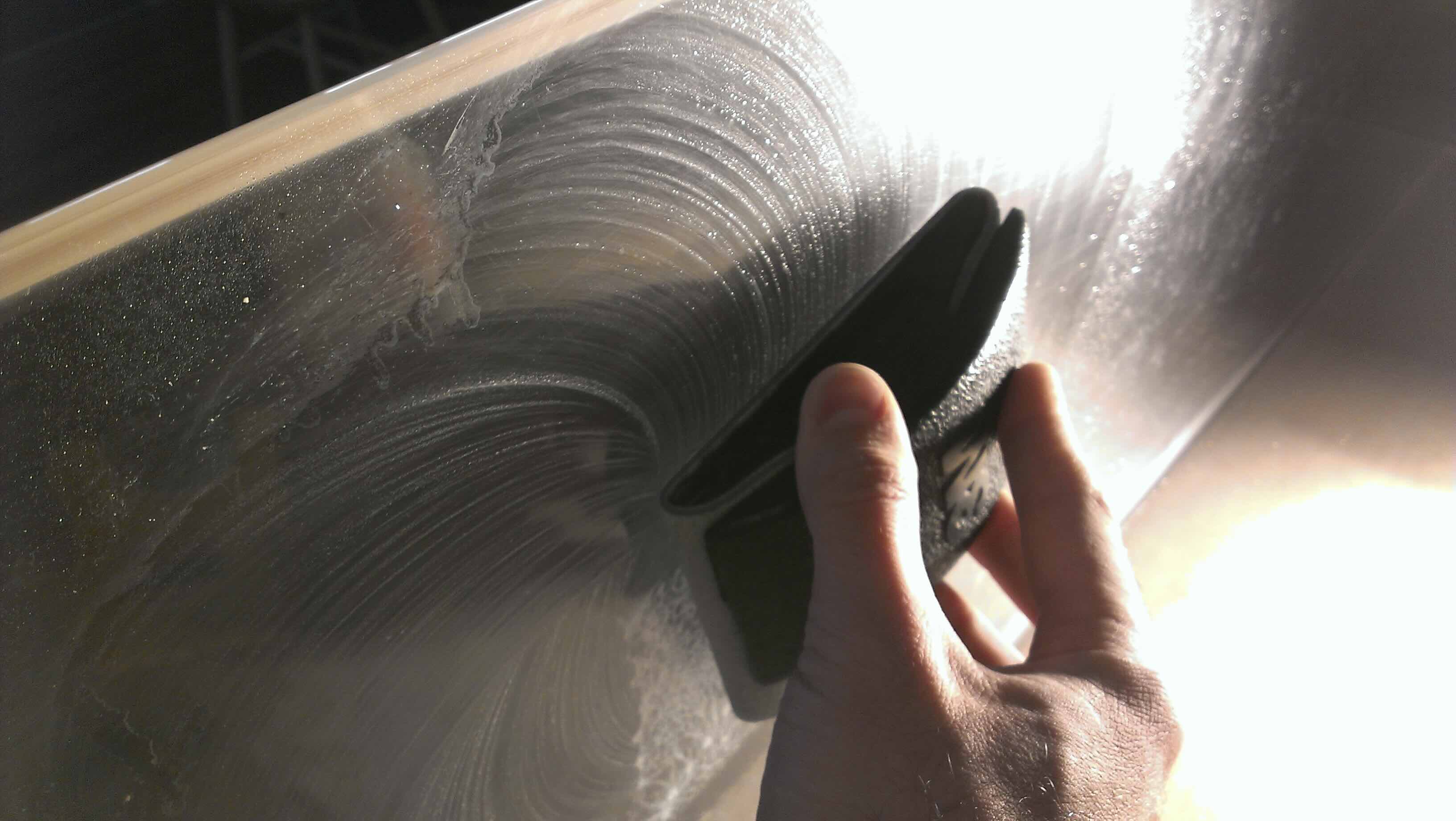

Tools & Equipment
How To Remove Sandpaper Scratches From Glass
Modified: January 19, 2024
Learn how to effectively remove sandpaper scratches from glass using the right tools and equipment. Follow our step-by-step guide for a flawless finish.
(Many of the links in this article redirect to a specific reviewed product. Your purchase of these products through affiliate links helps to generate commission for Storables.com, at no extra cost. Learn more)
**
Introduction
**
Glass is a versatile material that adds elegance and functionality to our surroundings, from windows and mirrors to glassware and decorative items. However, despite its durability, glass is susceptible to scratches, especially when subjected to sandpaper. Whether you accidentally scratched a glass surface or encountered sandpaper scratches during a DIY project, the good news is that these blemishes can be effectively remedied. In this guide, we will delve into the art of removing sandpaper scratches from glass, equipping you with the knowledge and techniques to restore the pristine clarity of glass surfaces.
The process of eliminating sandpaper scratches from glass involves a blend of precision, patience, and the right materials. By understanding the nature of these scratches and employing the appropriate methods, you can breathe new life into your glass possessions, revitalizing their aesthetic appeal. So, let's embark on this journey to uncover the secrets of glass scratch removal, empowering you to tackle this common issue with confidence and finesse.
Key Takeaways:
- Say goodbye to sandpaper scratches on glass with the right tools and techniques. Restore the pristine clarity of glass surfaces with patience and precision.
- Protect your glass possessions by understanding and addressing sandpaper scratches. Follow a systematic approach and valuable tips for successful scratch removal.
Understanding Sandpaper Scratches on Glass
Before delving into the process of removing sandpaper scratches from glass, it’s crucial to comprehend the nature of these blemishes. Sandpaper scratches can mar the smooth, reflective surface of glass, compromising its visual appeal and functionality. These scratches typically occur during DIY projects, renovations, or accidental mishaps, leaving unsightly marks that detract from the glass’s pristine appearance.
When glass comes into contact with sandpaper, the abrasive particles embedded in the paper can create fine or deep scratches, depending on the grit and pressure applied. These scratches disrupt the uniformity of the glass surface, distorting its clarity and reflective properties. Whether on a window, mirror, or glass tabletop, these imperfections can be a source of frustration and disappointment.
It’s important to note that the severity of sandpaper scratches varies based on the grit of the sandpaper used. Coarser grits, such as 80 or 120, can leave deeper scratches, while finer grits, like 320 or 400, may produce finer, less conspicuous marks. Regardless of the scratch depth, addressing these imperfections promptly is essential to prevent further damage and restore the glass to its former glory.
Understanding the characteristics of sandpaper scratches on glass sets the stage for implementing the appropriate remediation techniques. By recognizing the impact of these blemishes and the factors contributing to their formation, you can approach the restoration process with insight and precision, paving the way for successful scratch removal.
Materials Needed
Embarking on the journey to remove sandpaper scratches from glass requires a selection of specialized materials tailored to this meticulous task. By assembling the following items, you can equip yourself with the essential tools and compounds essential for restoring the pristine clarity of glass surfaces:
1. Glass Polishing Compound: A high-quality glass polishing compound is indispensable for effectively erasing sandpaper scratches. Look for a compound specifically formulated for glass restoration, as it is designed to eliminate imperfections and restore the glass's luster.
2. Polishing Pads: Utilize soft, non-abrasive polishing pads suitable for glass surfaces. These pads facilitate the application of the polishing compound and ensure uniform, gentle buffing to achieve optimal results.
3. Microfiber Cloths: Microfiber cloths are ideal for wiping and buffing glass surfaces, as they are soft, lint-free, and adept at capturing particles without scratching the glass.
4. Water Spray Bottle: A water spray bottle filled with clean water serves as a valuable aid during the polishing process, facilitating lubrication and cooling to prevent heat buildup while polishing the glass.
5. Safety Gear: Prioritize safety by wearing protective gloves and safety goggles to shield your hands and eyes from potential hazards during the scratch removal process.
6. Cleaning Solution: A mild glass cleaner or a solution of water and vinegar can be used to thoroughly clean the glass surface before and after scratch removal, ensuring a pristine, debris-free surface for the restoration process.
7. Masking Tape: Use masking tape to protect adjacent surfaces or areas of the glass that do not require scratch removal, preventing accidental damage during the restoration process.
8. Plastic Razor Blade: A plastic razor blade can be employed to gently remove any stubborn debris or residue from the glass surface before commencing the scratch removal process, minimizing the risk of further damage.
By assembling these essential materials, you are well-prepared to embark on the journey of removing sandpaper scratches from glass, equipped with the tools necessary to achieve professional-quality results and restore the glass to its former splendor.
To remove sandpaper scratches from glass, start by using a fine-grit sandpaper to gently sand the scratches. Then, use a glass polishing compound and a soft cloth to buff the area in a circular motion until the scratches are no longer visible. Finally, clean the glass with a glass cleaner to remove any residue.
Step-by-Step Guide to Removing Sandpaper Scratches from Glass
Embarking on the process of removing sandpaper scratches from glass demands a systematic approach and meticulous attention to detail. By following this comprehensive step-by-step guide, you can effectively restore the clarity and pristine appearance of glass surfaces, breathing new life into scratched and blemished areas:
- Prepare the Work Area: Begin by setting up a clean, well-lit work area conducive to the scratch removal process. Ensure adequate ventilation and lay down protective coverings to safeguard surrounding surfaces from potential splatters or spills.
- Clean the Glass Surface: Thoroughly clean the scratched glass surface using a mild glass cleaner or a solution of water and vinegar. This step removes dirt, grime, and debris, providing a pristine canvas for the scratch removal process.
- Protect Adjacent Surfaces: Use masking tape to carefully shield adjacent surfaces or areas of the glass that do not require scratch removal. This precaution prevents accidental damage and ensures focused attention on the targeted scratched areas.
- Apply Glass Polishing Compound: Apply a small amount of the glass polishing compound onto a soft, non-abrasive polishing pad. Gently buff the scratched areas in circular motions, ensuring even coverage and consistent pressure to begin erasing the sandpaper scratches.
- Monitor Progress and Adjust Pressure: As you polish the glass surface, monitor the progress of scratch removal and adjust the pressure and speed of your movements as needed. This meticulous approach ensures that the scratches are gradually diminished without causing additional damage.
- Utilize Water Spray Bottle: Periodically spritz the glass surface with water from a spray bottle to lubricate and cool the area during the polishing process. This helps prevent heat buildup and ensures smooth, controlled buffing for optimal scratch removal.
- Inspect and Repeat as Needed: After buffing the scratched areas, inspect the glass surface to assess the progress of scratch removal. If necessary, reapply the glass polishing compound and continue buffing until the scratches are effectively eradicated, revealing a clear, unblemished surface.
- Clean and Assess: Once the sandpaper scratches are removed, clean the glass surface with a microfiber cloth and a mild glass cleaner to eliminate any residual polishing compound. Assess the restored areas to ensure the scratches are no longer visible, and the glass exhibits a uniform, pristine appearance.
By meticulously following these steps and exercising patience and precision, you can successfully remove sandpaper scratches from glass, unveiling the inherent clarity and beauty of the glass surface. This methodical approach empowers you to achieve professional-quality results and restore the glass to its original splendor, elevating its visual appeal and functionality.
Tips and Precautions
When embarking on the journey to remove sandpaper scratches from glass, it’s essential to adhere to a set of valuable tips and precautions to ensure a safe, effective, and successful scratch removal process. By integrating these insights into your approach, you can navigate the restoration process with confidence and precision, yielding professional-quality results while safeguarding the integrity of the glass surface:
- Start with a Test Patch: Before commencing the scratch removal process on a prominent area of the glass, conduct a test patch in an inconspicuous location. This allows you to gauge the effectiveness of the glass polishing compound and familiarize yourself with the optimal pressure and technique for scratch removal.
- Use Gentle, Circular Motions: When applying the glass polishing compound and buffing the scratched areas, employ gentle, circular motions to ensure uniform coverage and prevent uneven wear on the glass surface. Avoid aggressive or haphazard movements that may exacerbate the scratches or create new imperfections.
- Monitor Heat Buildup: Throughout the polishing process, be mindful of heat buildup on the glass surface. Periodically spritz the area with water from a spray bottle to provide lubrication and cooling, preventing excessive heat that could compromise the glass or the effectiveness of the polishing compound.
- Exercise Patience and Precision: Patience is paramount when removing sandpaper scratches from glass. Approach the process with precision and attentiveness, monitoring the progress of scratch removal and making gradual adjustments as needed to achieve optimal results without rushing the restoration process.
- Inspect and Clean Thoroughly: After removing the scratches, thoroughly inspect the glass surface under different lighting conditions to ensure the blemishes are effectively eradicated. Clean the glass surface with a microfiber cloth and a mild glass cleaner to remove any residual polishing compound and reveal the restored clarity of the glass.
- Protective Gear and Ventilation: Prioritize safety by wearing protective gloves and safety goggles during the scratch removal process. Additionally, ensure adequate ventilation in the work area to mitigate exposure to polishing compound fumes and maintain a comfortable, safe environment for the restoration endeavor.
- Seek Professional Assistance if Needed: For deep or extensive sandpaper scratches, or if you are uncertain about undertaking the scratch removal process yourself, consider seeking professional assistance from glass restoration experts. Professional services can provide specialized expertise and advanced techniques for addressing challenging glass imperfections.
By integrating these tips and precautions into your approach, you can navigate the process of removing sandpaper scratches from glass with confidence and proficiency. These insights empower you to execute the restoration process with precision, safeguarding the integrity of the glass surface while achieving professional-quality results that enhance its visual appeal and functionality.
Read more: How To Remove Scratches From Glass Cooktop
Conclusion
As we conclude this comprehensive guide, you are now equipped with the knowledge and techniques to effectively remove sandpaper scratches from glass, restoring its pristine clarity and visual allure. The process of addressing these imperfections demands a blend of precision, patience, and the right materials, all of which have been outlined in this guide to empower you with the confidence and expertise necessary for successful scratch removal.
Understanding the nature of sandpaper scratches on glass and the factors influencing their formation provides valuable insight into the restoration process. By recognizing the impact of these blemishes and the nuances of scratch removal, you can approach the endeavor with informed decision-making and meticulous attention to detail, setting the stage for professional-quality results.
Armed with a curated selection of essential materials, you are prepared to embark on the journey of scratch removal with confidence and finesse. The meticulous step-by-step guide outlined in this article serves as a roadmap for navigating the restoration process, ensuring a systematic and effective approach to eradicating sandpaper scratches from glass surfaces.
Furthermore, the valuable tips and precautions provided in this guide serve as a safeguard, empowering you to execute the scratch removal process with safety, precision, and attentiveness. By integrating these insights into your approach, you can navigate the restoration process with confidence, yielding professional-quality results while protecting the integrity of the glass surface.
As you embark on the endeavor to remove sandpaper scratches from glass, remember that patience, precision, and a meticulous approach are key to achieving optimal results. Whether restoring a cherished glass fixture, a decorative item, or a functional surface, the restoration process outlined in this guide empowers you to elevate the visual appeal and functionality of glass, breathing new life into scratched and blemished areas.
By embracing the knowledge and techniques presented in this guide, you are poised to embark on a journey of glass restoration, unveiling the inherent clarity and beauty of glass surfaces while enjoying the satisfaction of achieving professional-quality results.
Frequently Asked Questions about How To Remove Sandpaper Scratches From Glass
Was this page helpful?
At Storables.com, we guarantee accurate and reliable information. Our content, validated by Expert Board Contributors, is crafted following stringent Editorial Policies. We're committed to providing you with well-researched, expert-backed insights for all your informational needs.
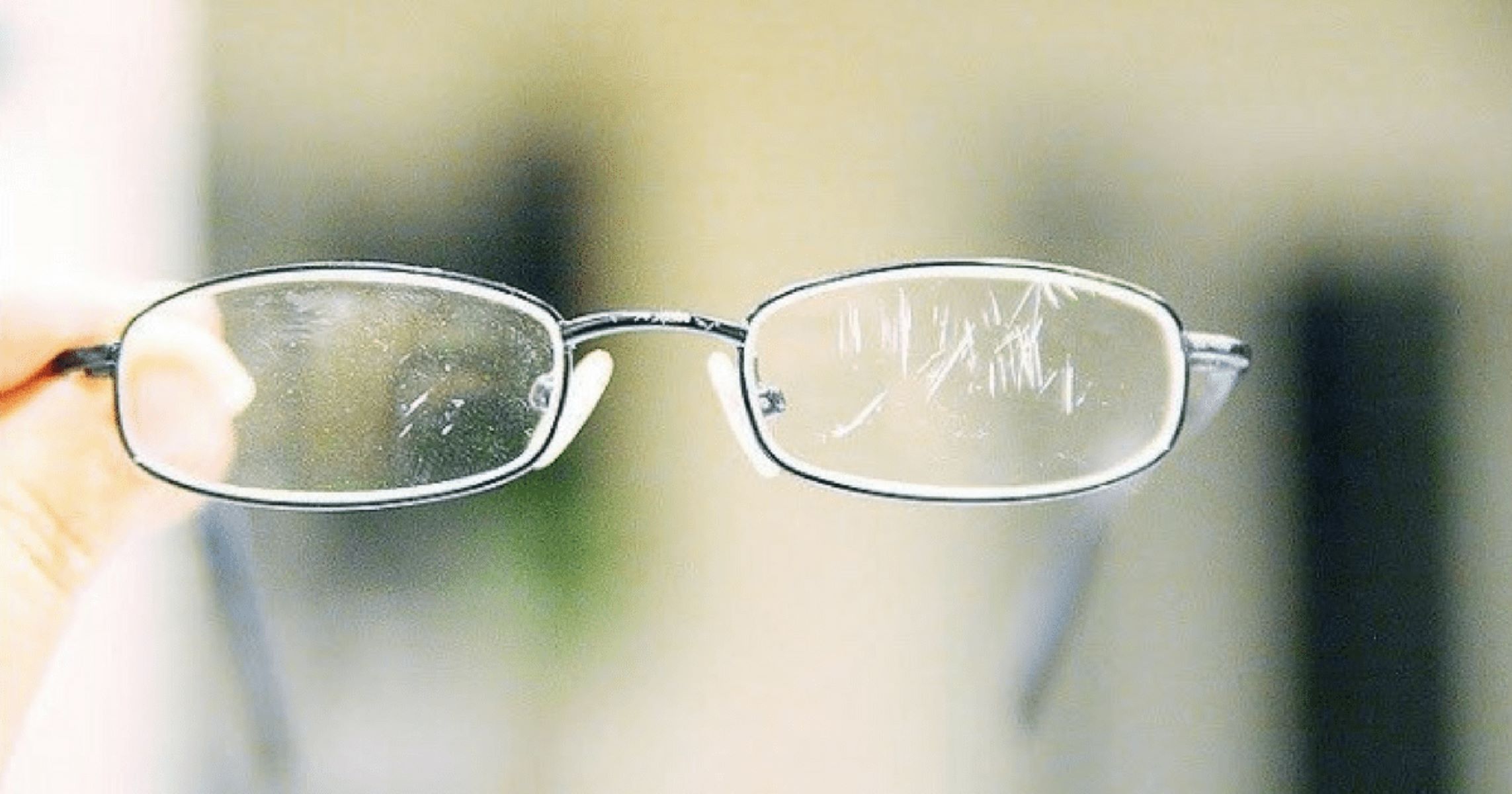
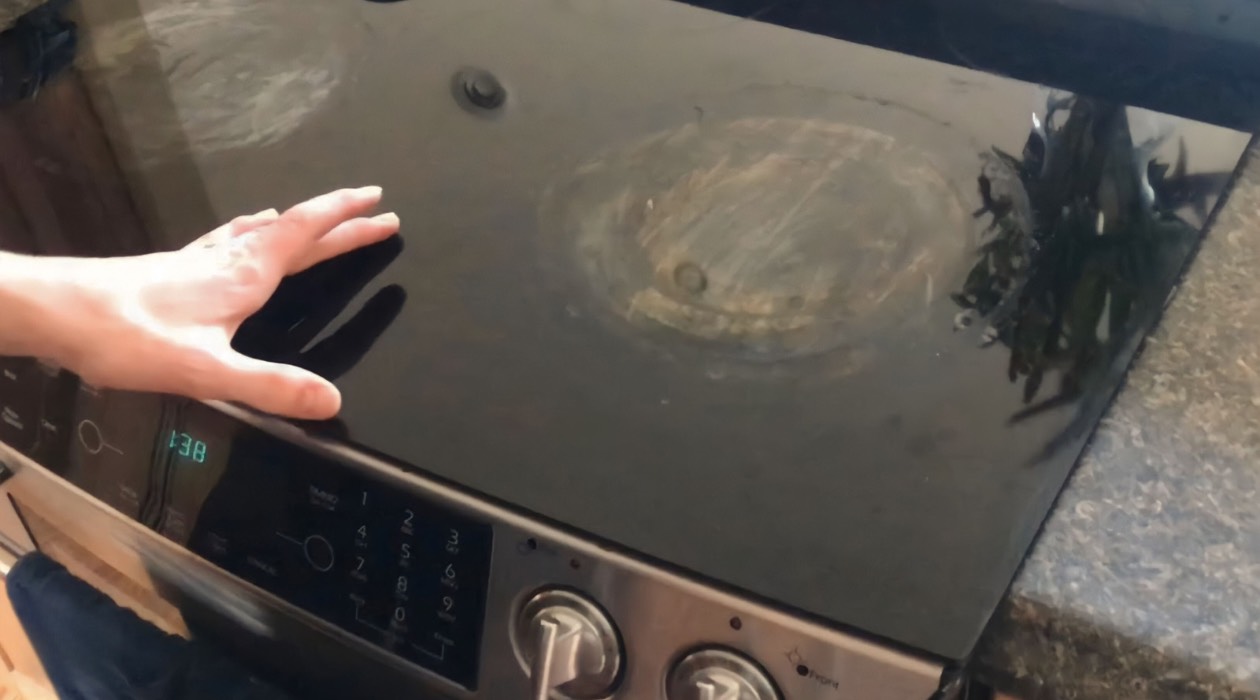
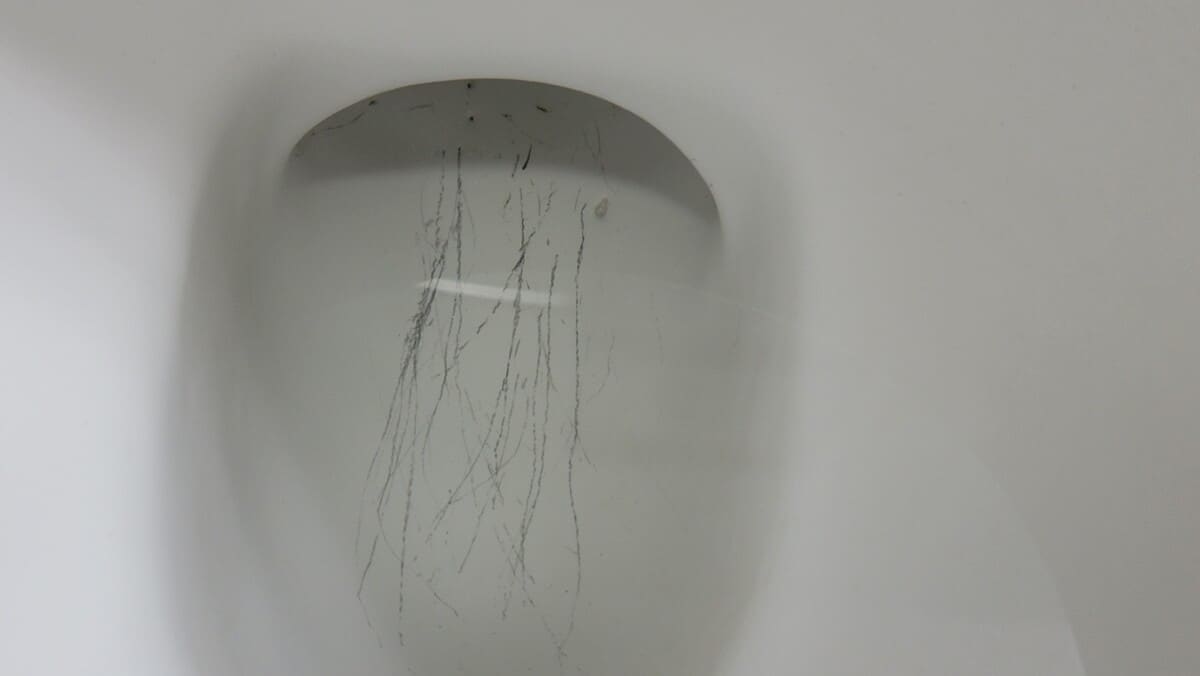
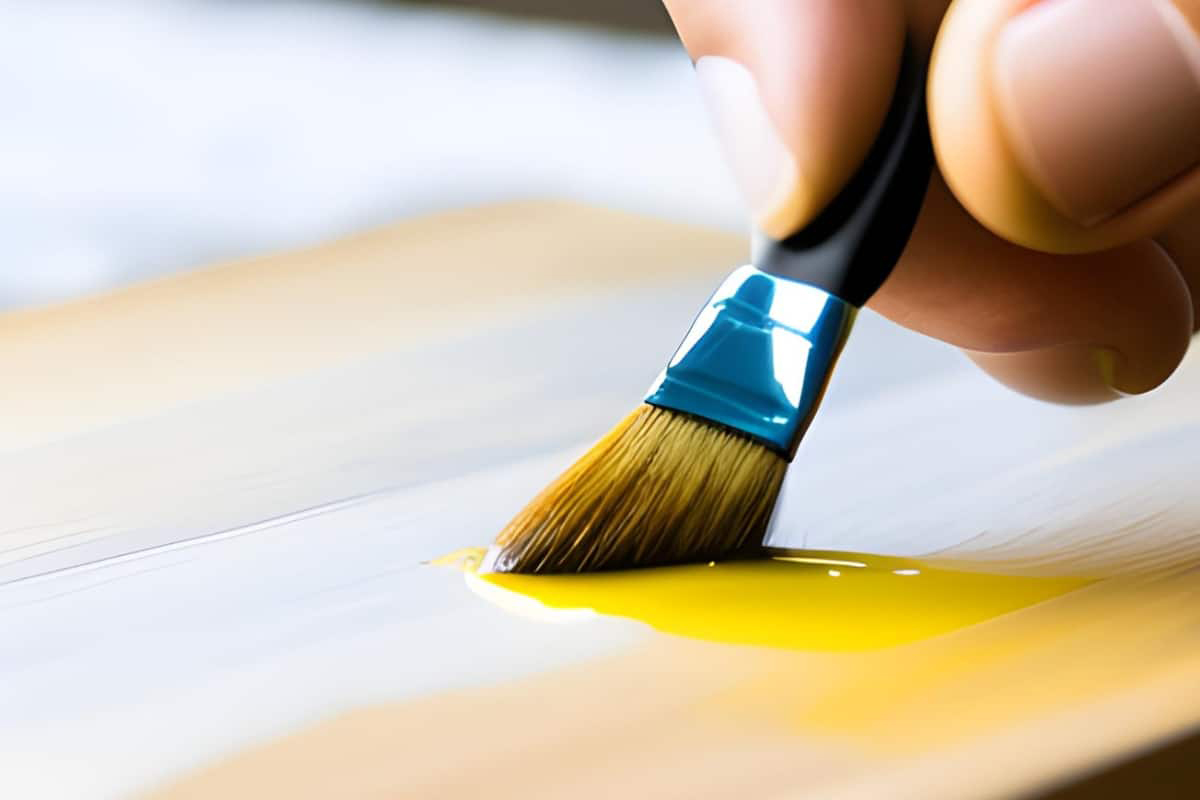
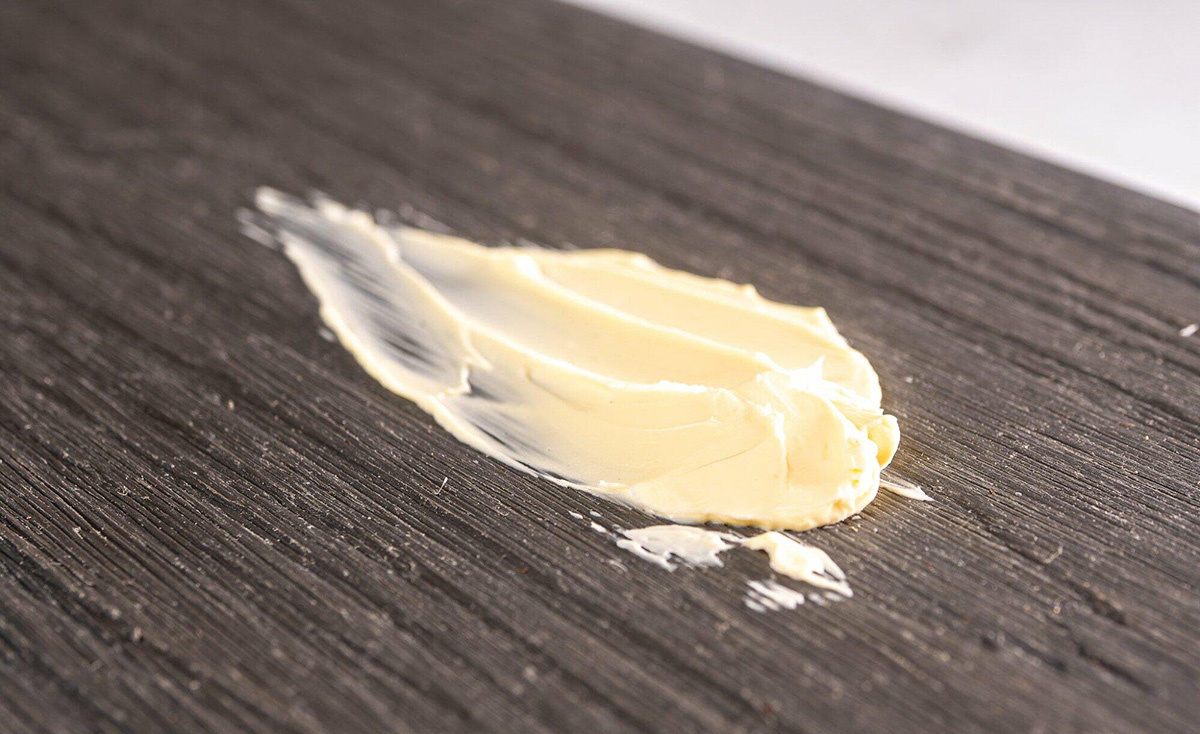
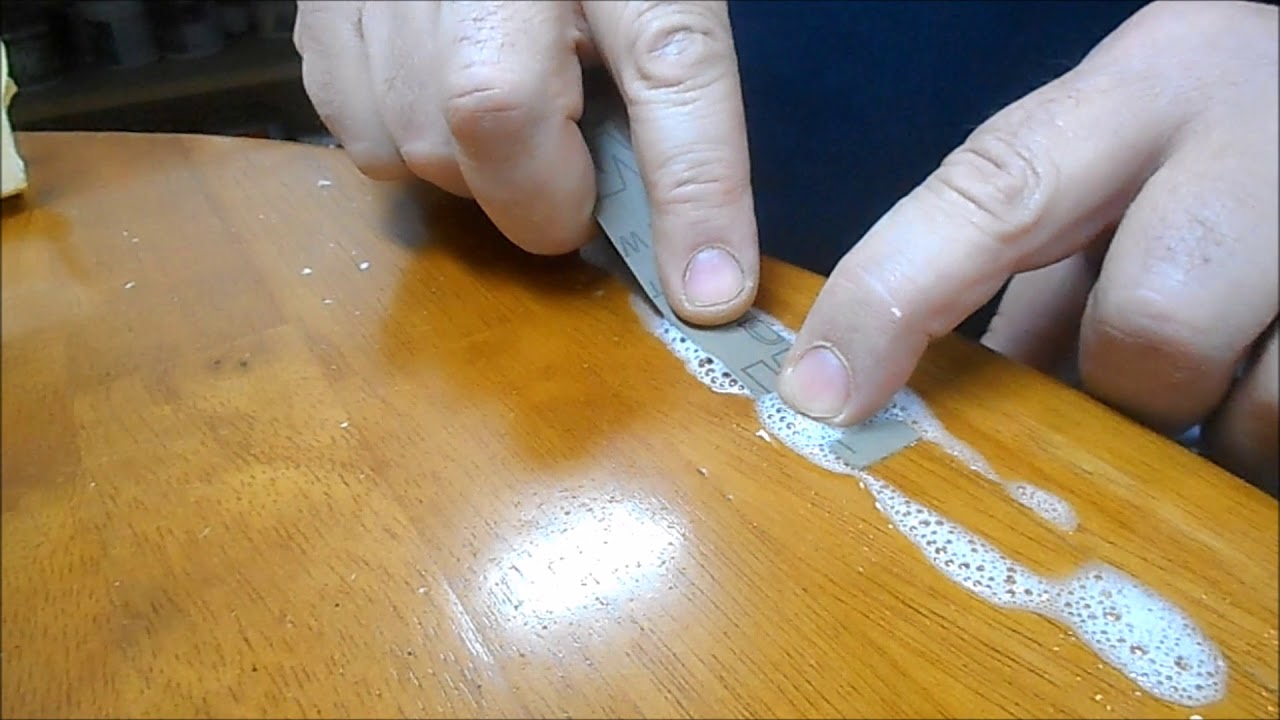
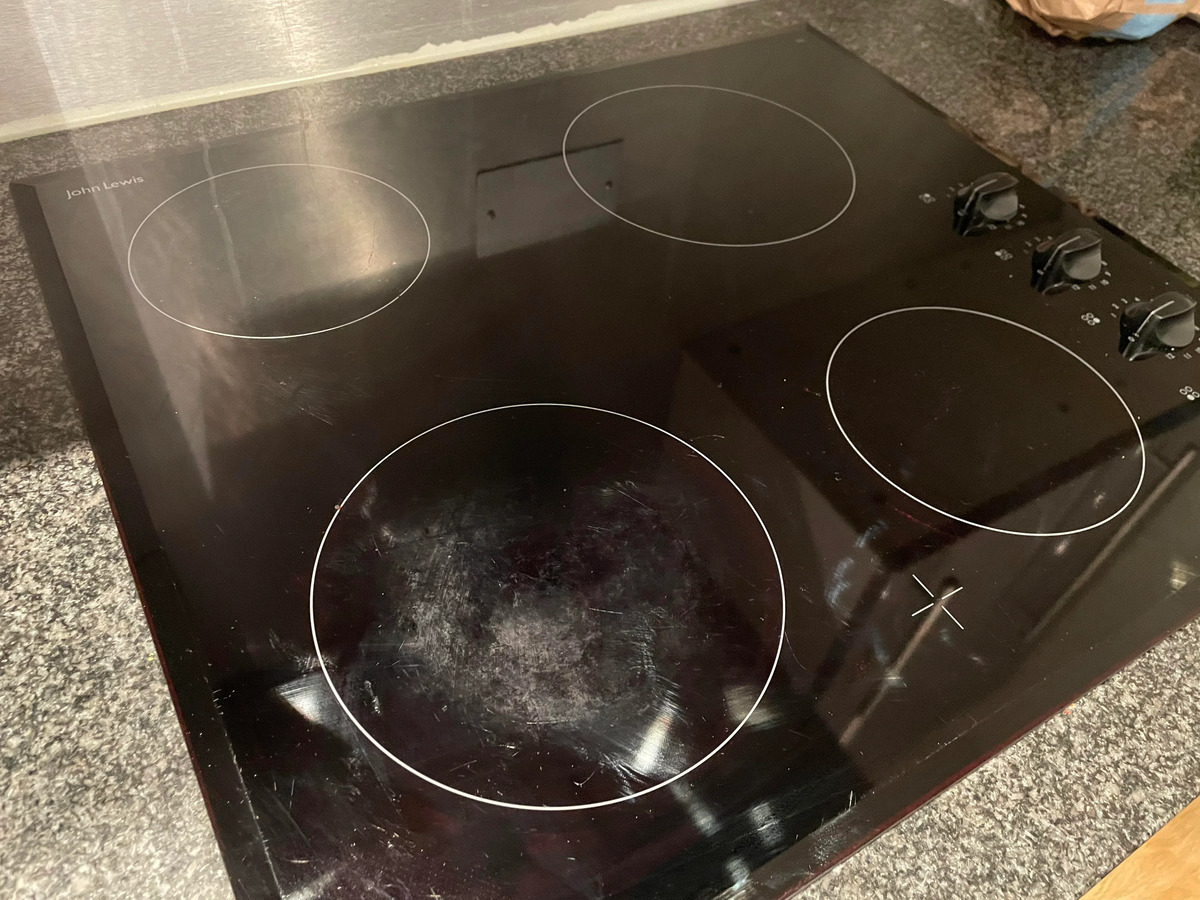
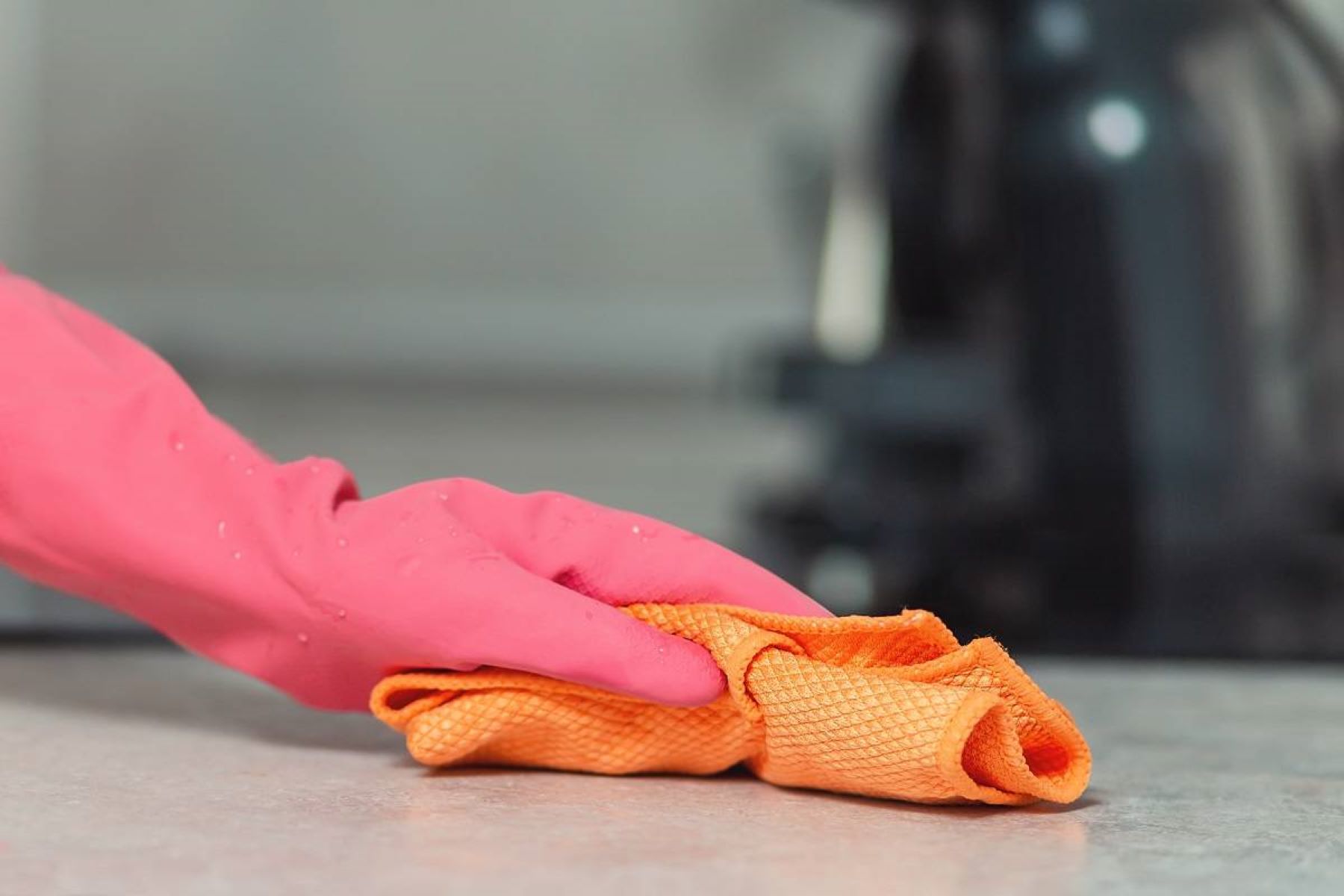
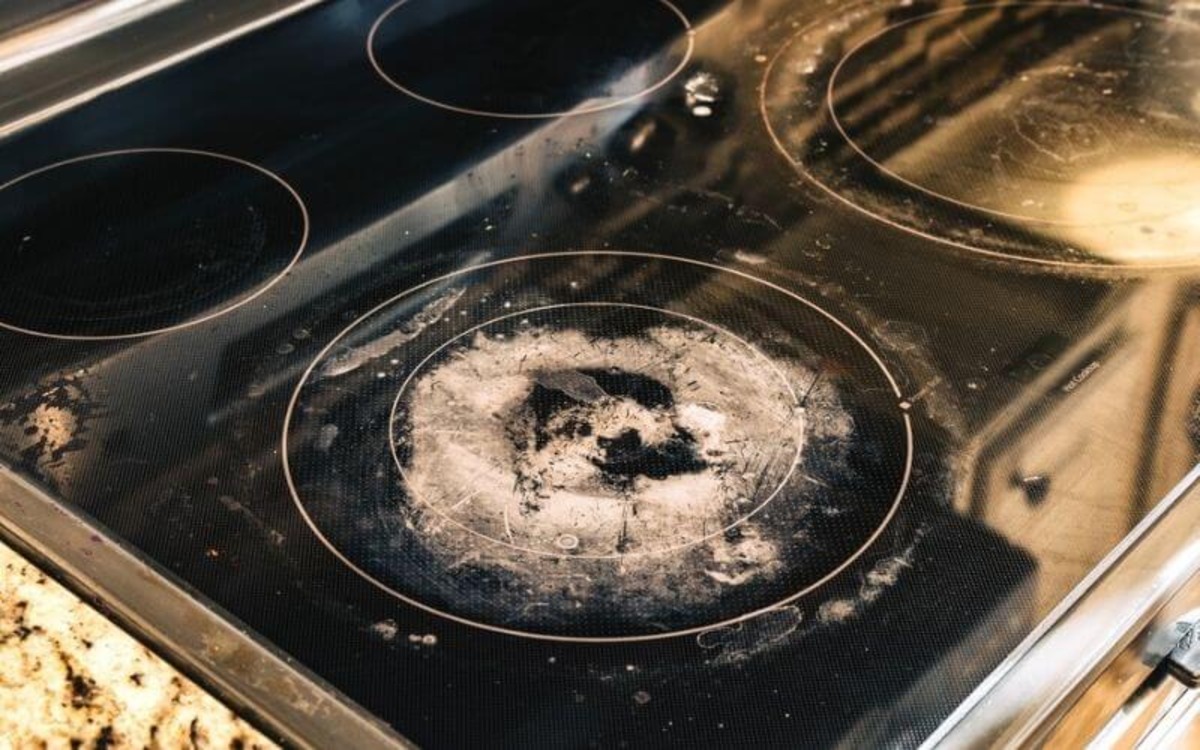
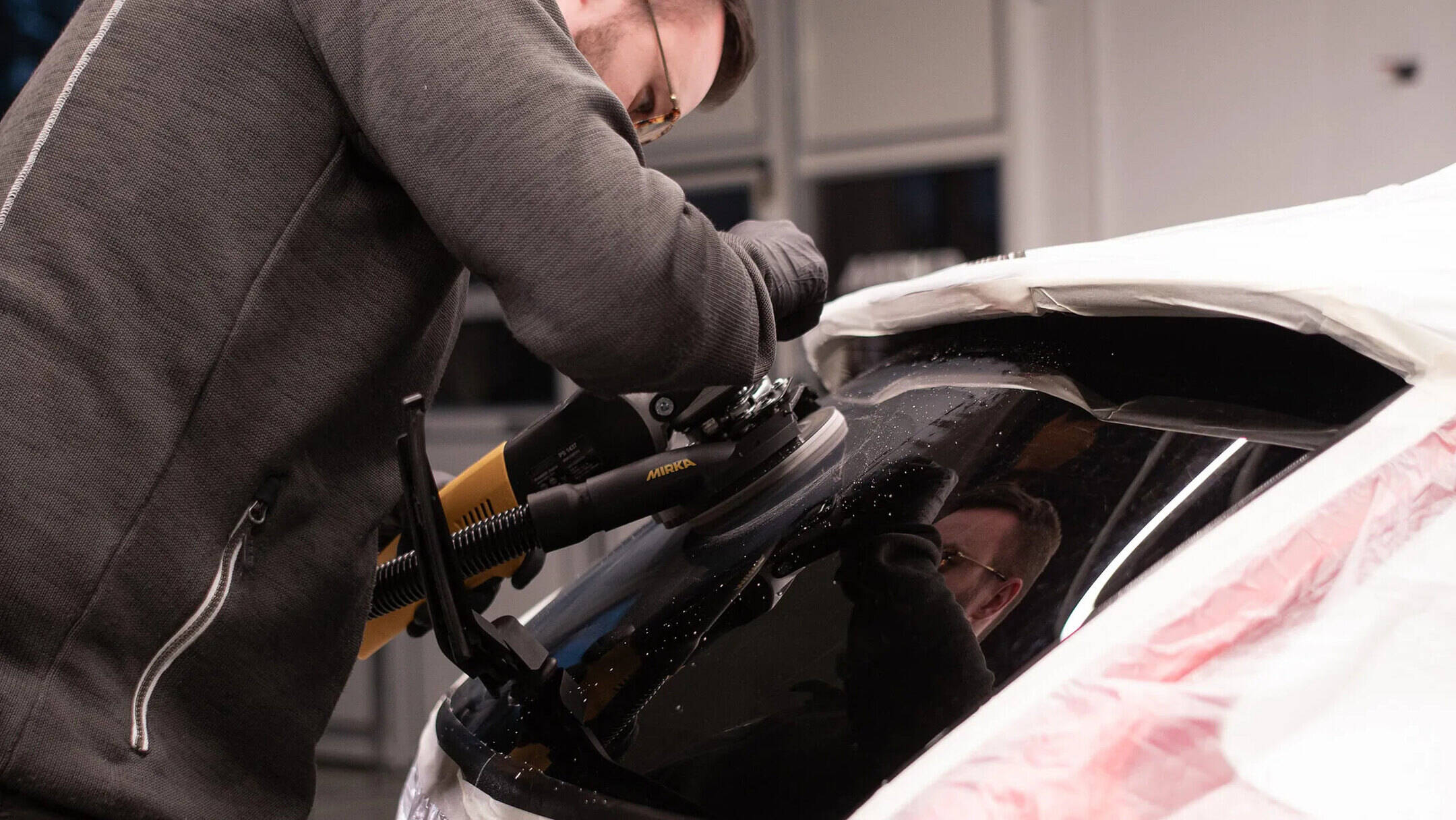
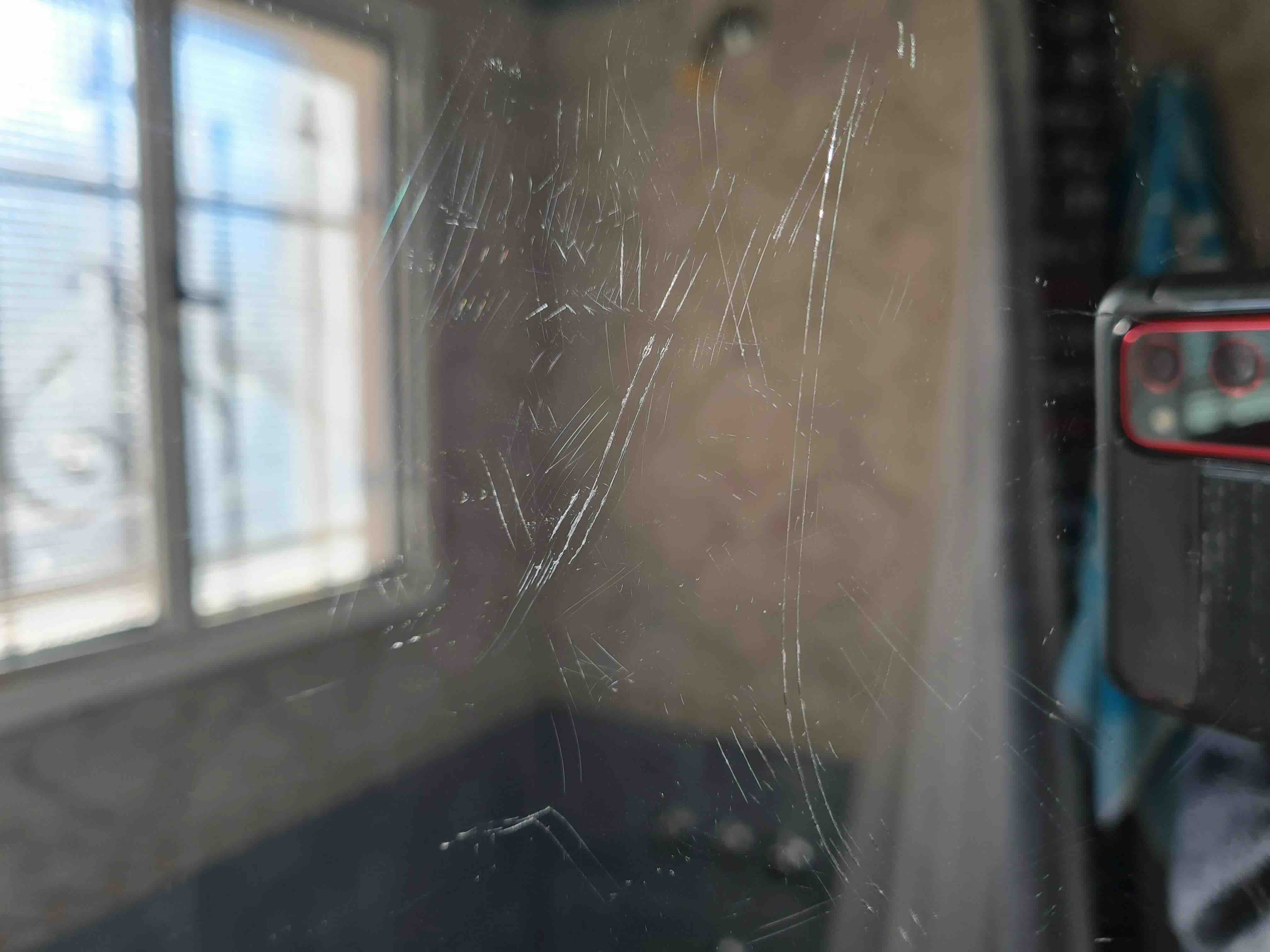
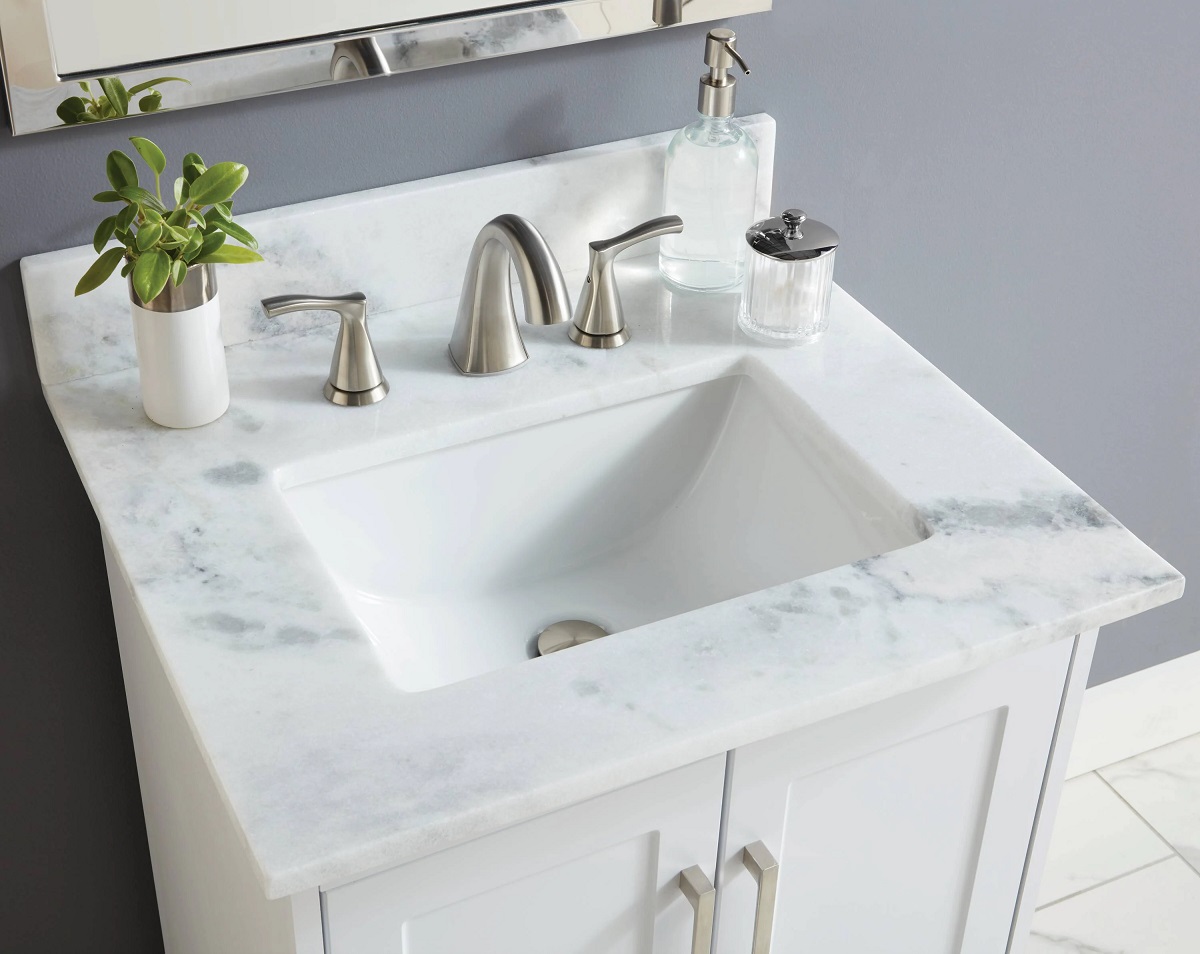
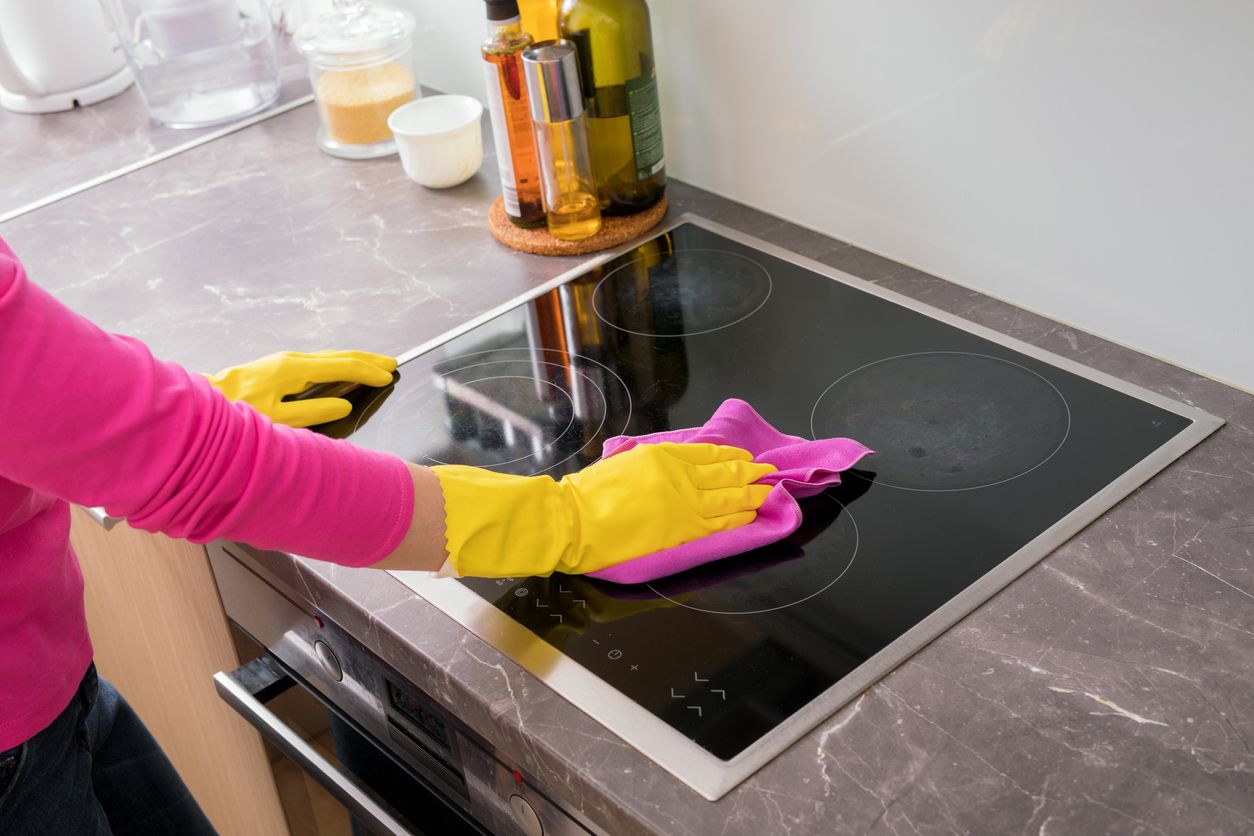
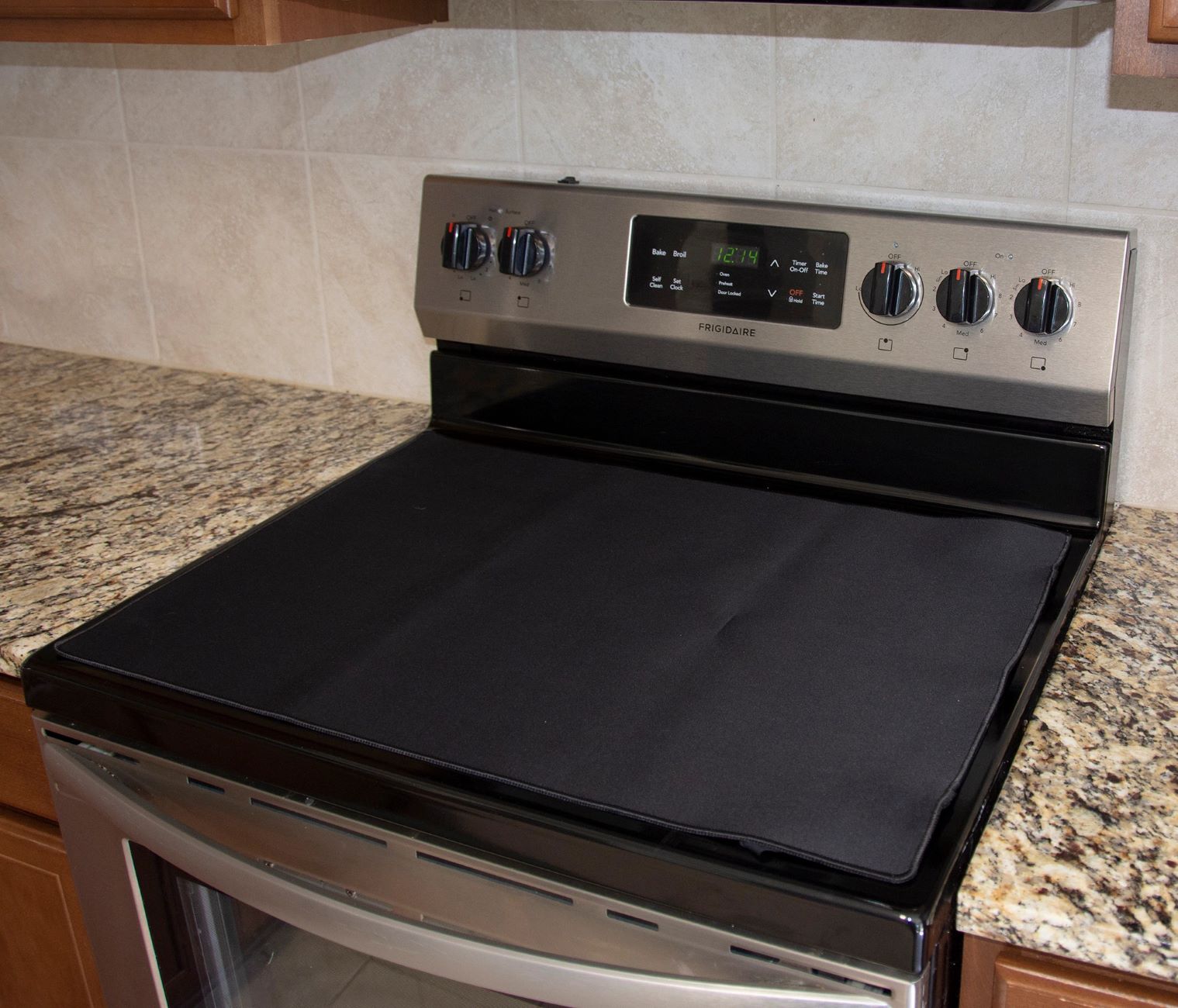

0 thoughts on “How To Remove Sandpaper Scratches From Glass”